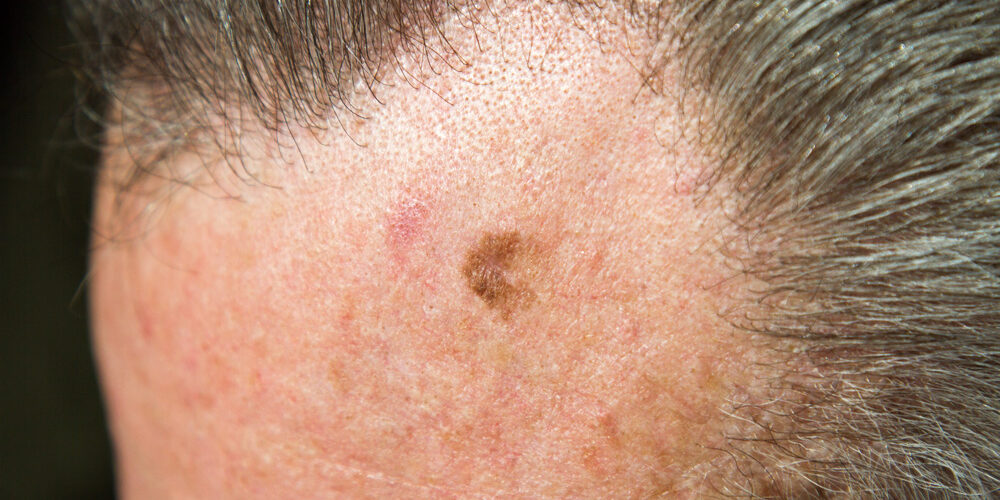The fifth publication utilizing SCARD (and part of 3 papers by the same research team) was published in April 2023 with the Australasian Journal of Dermatology in a paper called “Practitioner characteristics, diagnostic accuracy metrics and discovering-individual with respect to 637 melanomas documented by 27 general practitioners on the Skin Cancer Audit Research Database.”
This new paper examines the diagnostic accuracy of general practitioners (GPs) in detecting melanoma and their role as the first to discover the condition.
General Practitioners play a crucial role in detecting melanoma, with their accuracy metrics comparing favourably to published figures for dermatologists and other GPs. The study highlights the importance of primary care in melanoma diagnosis and the value of GP specialization in improving diagnostic accuracy.
The study analyzed data from 27 Australasian GPs who documented 637 melanomas on the Skin Cancer Audit Research Database (SCARD) in 2013. Diagnostic accuracy was assessed using the number needed to treat (NNT) and the percentage of melanomas in situ.
The results showed an average NNT of 5.73% and an in situ percentage of 65.07%. For the 21 GPs who participated in a 2008-2010 study and the current one, NNT improved from 10.78 to 5.56. Although there was no statistically significant trend, the study observed decreasing NNT and increasing in situ percentages as GPs became more specialized. Additionally, GPs discovered the majority (73.9%) of melanomas as lesions of concern, with higher NNTs observed in patient demographics where melanoma was less common.
Authors
Jeremy Hay, Jeff Keir, Clara Jimenez Balcells, Nikita Rosendahl, Martelle Coetzer-Botha, Tobias Wilson, Simon Clark, Astrid Baade, Cath Becker, Luke Bookallil, Chris Clifopoulos, Tony Dicker, Martin Paul Denby, Douglas Duthie, Charles Elliott, Paul Fishburn, Mark Foley, Mark Franck, Irene Giam, Patricio Gordillo, Alister Lilleyman, Roger Macauley, James Maher, Ewen McPhee, Michael Reid, Bob Shirlaw, Graeme Siggs, Robert Spark, John Stretch, Keith van Den Heever, Thinus van Rensburg, Chris Watson, Harald Kittler, Cliff Rosendahl
ABSTRACT
Background and objective
Knowledge of accuracy for melanoma diagnosis and melanoma discovering-individual in primary care is limited. We describe general practitioner (GP) characteristics and analyse defined diagnostic accuracy metrics for GPs in the current study, comparing this with a previous study for GPs common to both. We analyse the individual first discovering each melanoma as a lesion of concern.
Methods
The characteristics and diagnostic accuracy of 27 Australasian GPs documenting 637 melanomas on the Skin Cancer Audit Research Database (SCARD) in 2013 were described and analysed. The number needed to treat (NNT) and percentage of melanomas in situ (percentage in situ) were analysed as surrogates for specificity and sensitivity, respectively. The discovering-individual was analysed according to patient age and sex and lesion Breslow thickness.
Results
The average NNT and percentage in situ were 5.73% and 65.07%, respectively. For 21 GPs in both a 2008–2010 study and the current study, the NNT was 10.78 and 5.56, respectively (p = 0.0037). A consistent trend of decreasing NNT and increasing percentage in situ through increasingly subspecialised GP categories did not reach statistical significance. NNT trended high at ages and sites for which melanoma was rare. While the patient or family member was more likely to discover thick melanomas and melanomas in patients under 40 years, GPs discovered 73.9% of the melanomas as lesions of concern.
Conclusions
GPs were the discovering individuals for most melanomas in the current study, and their accuracy metrics compared favourably with published figures for dermatologists and GPs.
https://onlinelibrary.wiley.com/doi/10.1111/ajd.14061
Coetzer-Botha, M, Jimenez Balcells, C, Hay, J, Keir, J, Rosendahl, N, Wilson, T, et al. Practitioner characteristics, diagnostic accuracy metrics and discovering-individual with respect to 637 melanomas documented by 27 general practitioners on the Skin Cancer Audit Research Database. Australas J Dermatol. 2023; 00: 1– 11. https://doi.org/10.1111/ajd.14061
See also
Paper 1 from this team: Characteristics of 637 melanomas documented by 27 general practitioners
Paper 2 from this team: Characteristics, treatment and outcomes of 589 melanoma patients







